Richard Seifert-designed building to be demolished to make way for eight-storey scheme
Stiff & Trevillion has unveiled plans to transform a 1980s Richard Seifert-designed building in the heart of the City of London into a hotel for the estate which owns Tower 42.
A planning application submitted to the City this week would see the five-storey building at 20 Old Broad Street demolished to ground level and extended vertically by three floors to create an eight-storey hotel.
The Tower Limited Partnership wants to turn the site into a 154-room hotel operated under the upmarket Clayton brand, part of the Irish hotel operator Dalata.
Others working on the job include QS Exigere, project manager Blackburn & Co, M&E consultant Long & Partners and structural engineer Mosaic.
The scheme is the latest addition to the Square Mile’s Destination City initiative, which is aiming to diversify the City’s economy by boosting the area’s leisure and retail offerings.
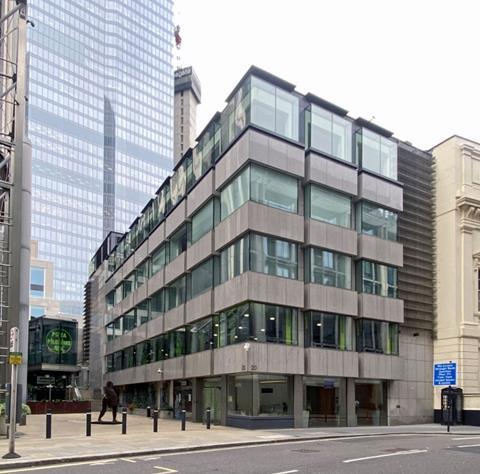
Located at the foot of Tower 42, the existing building was completed in 1980 as part of the second phase of the Seifert-designed NatWest Tower development which saw the completion of its 47-storey neighbour, commonly known as the NatWest Tower, in the same year.
It underwent a major refurbishment in 2000 designed by Fletcher Priest Architects, the practice behind three major office tower schemes in the City cluster, which removed its mansard roof, added an office storey and replaced its windows.
However, Stiff & Trevillion said the current building’s energy and technical performance now falls short of modern occupier expectations and its services are at the end of their life.
The new scheme aims to be highly sustainable, incorporating passivhaus design and all-electric services including heat pumps.
Stiff & Trevillion has a long-standing relationship with the Tower Limited Partnership, having completed an overhaul of the estate in 2017 which saw the construction of a seven-storey office building on the site and the regeneration of the public realm around the base of Tower 42.
The practice is also behind the 43-storey Bury House tower in the cluster which was refused by the City in December due to concerns over the impact it would have on the neghbouring grade I-listed Bevis Marks Synagogue.


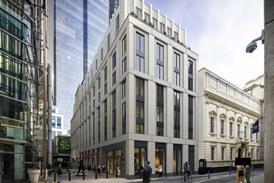
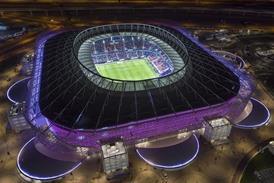
![Lee_Christopher_enviro[8]](https://d3rcx32iafnn0o.cloudfront.net/Pictures/274x183/2/7/7/1997277_lee_christopher_enviro8_311886.jpg)



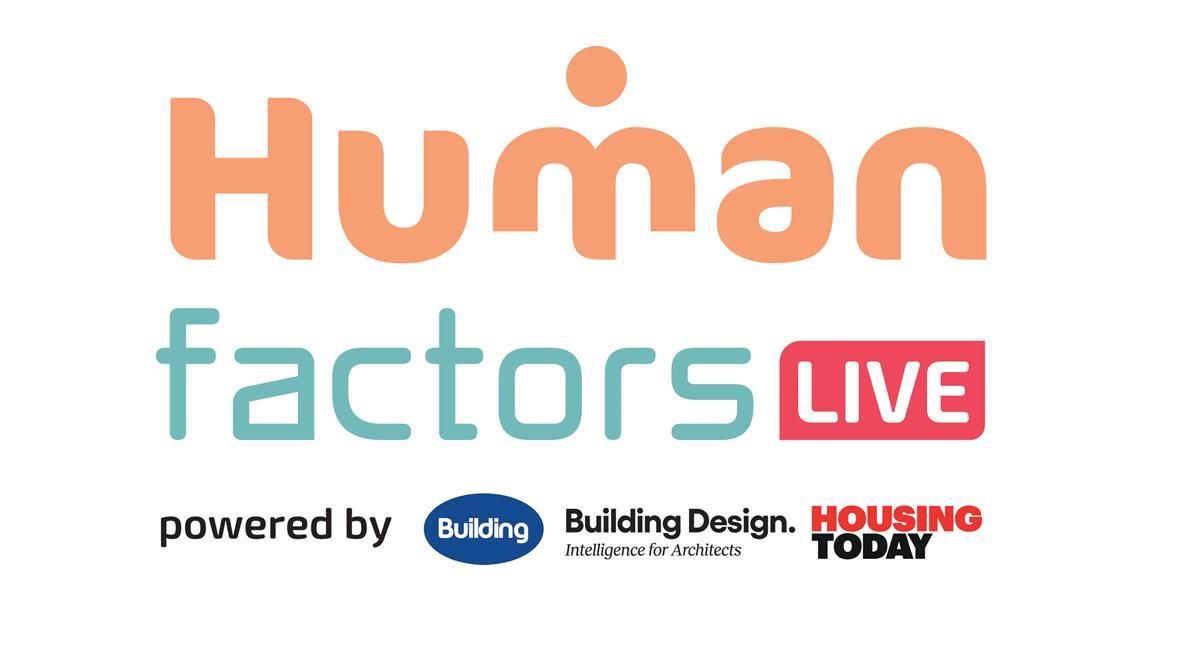
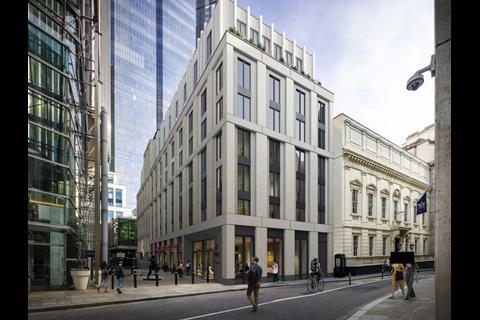
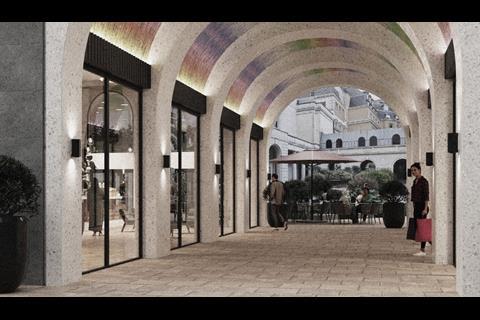
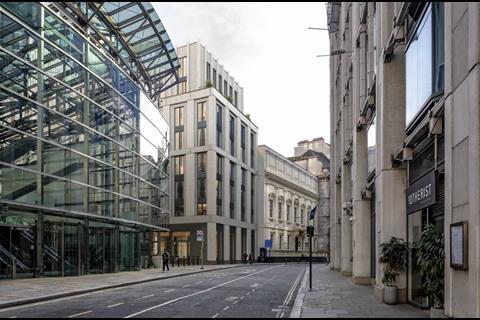





![Lee_Christopher_enviro[8]](https://d3rcx32iafnn0o.cloudfront.net/Pictures/100x67/2/7/7/1997277_lee_christopher_enviro8_311886.jpg)

1 Readers' comment